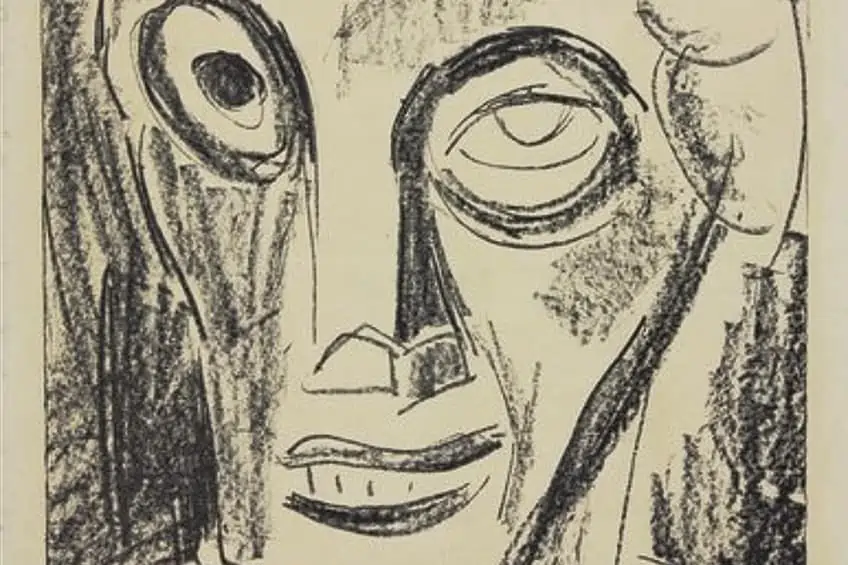Mask Artists – Discover the Artists Behind Famous Mask Art
Art mask designs have been used for ceremonial functions by humans since antiquity as representations of natural forces. Mask art was a means for transcending, a physical and mental transformation; whether employed for celebratory or other cultural events, the mask artists played a significant part in the community’s cultural, religious, and social activities. Today we will find out more about the mask artists behind the famous mask paintings and art mask designs that have been produced through the decades.
Famous Mask Artists
Mask art can refer to mask paintings (a painting that features a mask as the subject matter) and art mask design (actual physical objects meant to be worn or displayed). Therefore, mask artists refer to both artists who physically create art mask designs, as well as those who have used masks as symbolic or aesthetic items within their canvases.
Mask art has been a part of human culture since prehistory, and although the reasons we create masks have changed over the centuries, art mask design is still very much alive and thriving.
Even the outbreak of the Covid epidemic in 2020 saw a new wave of creative innovation spread across the globe, as artists tried to turn something that was both compulsory and mundane into something that was expressive and exciting.
Pablo Picasso (1881 – 1973)
| Nationality | Spanish |
| Date of Birth | 25 October 1881 |
| Date of Death | 8 April 1973 |
| Place of Birth | Málaga, Spain |
| Famous Mask-Inspired Works | ● Nu à la Serviette (1907) ● Head of a Sleeping Woman (1907) ● Femme Nue (1907) |
A head is a simple case of a nose, eyes, and a mouth, which may be arranged in any way you choose”, Pablo Picasso famously observed at the turn of the 20th century. He was referring to his trip to a museum and seeing sculptures and masks made by mask artists from non-Western civilizations.
With their flattened and angular surfaces, these African art mask designs were a major influence on cubism.
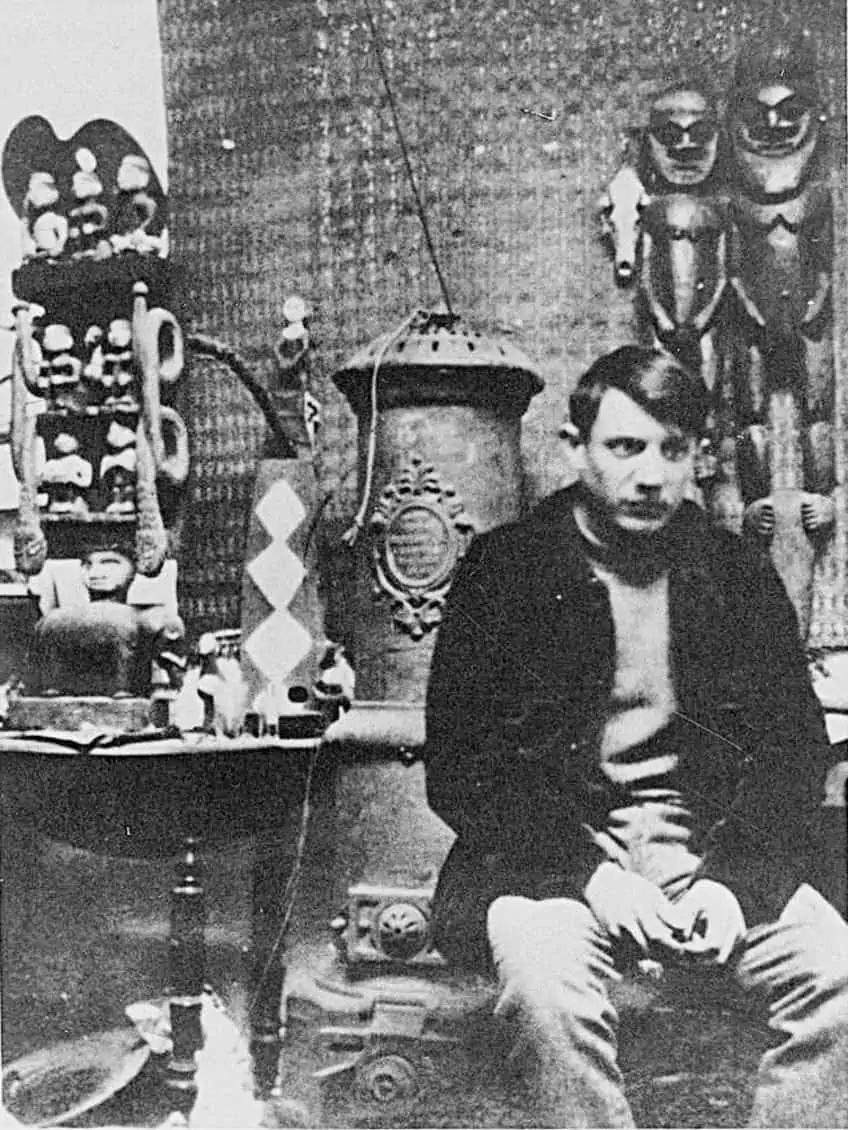
They also had a significant effect on Picasso’s subsequent painting of faces. The primal intensity of these masks influenced many other painters as well. German Expressionist artists like Henry Moore and Karl Schmidt-Rottluff are among them. Many contemporary art curators have sought to link specific African masks with the features of these individuals in Picasso’s African-inspired artworks.
However, African masks utilized in these instances were not always exact, and Picasso borrowed concepts from several African art mask designs.
Karl Schmidt-Rottluff (1884 – 1976)
| Nationality | German |
| Date of Birth | 1 December 1884 |
| Date of Death | 10 August 1976 |
| Place of Birth | Rottluff, Chemnitz, Germany |
| Famous Mask-Inspired Works | ● Dr. Rosa Schapire (1919) ● Afrikanisches (1954) ● The Black Mask (1956) |
Schmidt-Rottluff and his collaborators aimed to develop a new form of art by exploring direct sensations and emotions in nature and people. To do this, he looked for ideas in the reduced forms of non-European art and masks and created watercolors, oil paintings, prints, sculptures, and sketches. Because the genuine objects were on display alongside the paintings, a series of paintings Rottluff made in the 1950s employing old masks as part of still-life tableaus piqued many people’s curiosity.
He continued to paint countless still lifes in the 1930s, employing the same types of simple shapes and flattened spatial arrangements.
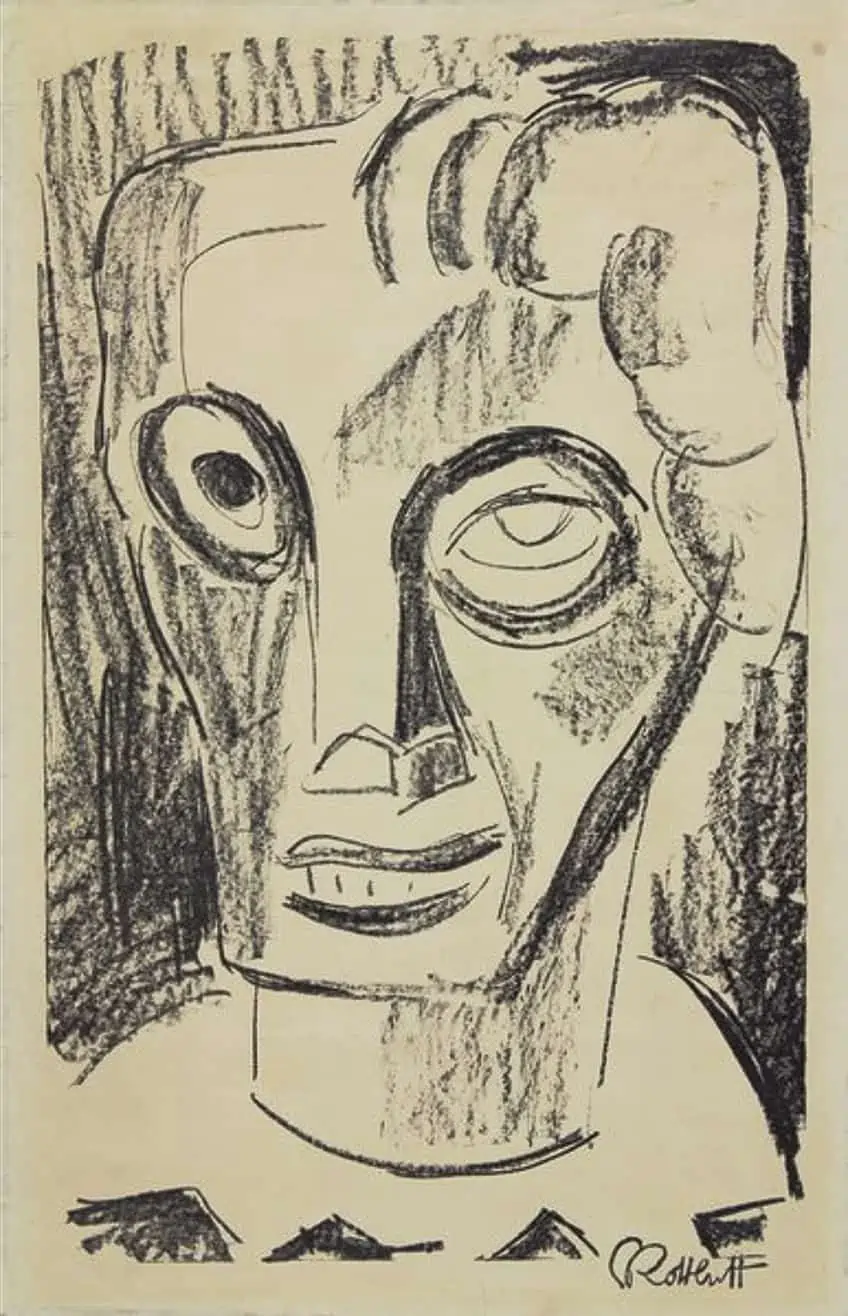
The broad, flat forms of The Black Mask (1956), on the other hand, are typical of his mature works, while the vivid, non-naturalistic colors represent a return to his earlier, more extreme experiments. Schmidt-Rottluff began his studies as an architecture student, but he continued to be interested in 3D form throughout his career, making wood carvings, ornamental items, and stone and wood sculptures. He also collected African masks and art.
Much of his work demonstrates his interest in the relationships between 2D and 3D objects, as well as ornamental and emblematic shapes.
Henry Moore (1898 – 1986)
| Nationality | English |
| Date of Birth | 30 July 1898 |
| Date of Death | 31 August 1986 |
| Place of Birth | Castleford, United Kingdom |
| Famous Mask-Inspired Works | ● Studies of Masks (1922) ● Mask (1928) ● Studies for Aztec Masks (1983) |
Henry Moore produced over a dozen masks from 1924 to 1930. They were cast in concrete or carved in stone and adhered to a “primitive” aesthetic, one that relied on cultural influences other than antiquity and the Renaissance. Moore appreciated Roger Fry, an influential critic who saw in these works a formal flexibility and vigor lacking in much 19th-century European artwork.
Moore frequently remarked on the energy of primitive art, viewing it not only as art before it was covered with frills and surface embellishment but also as art that spoke the universal global language of shapes.
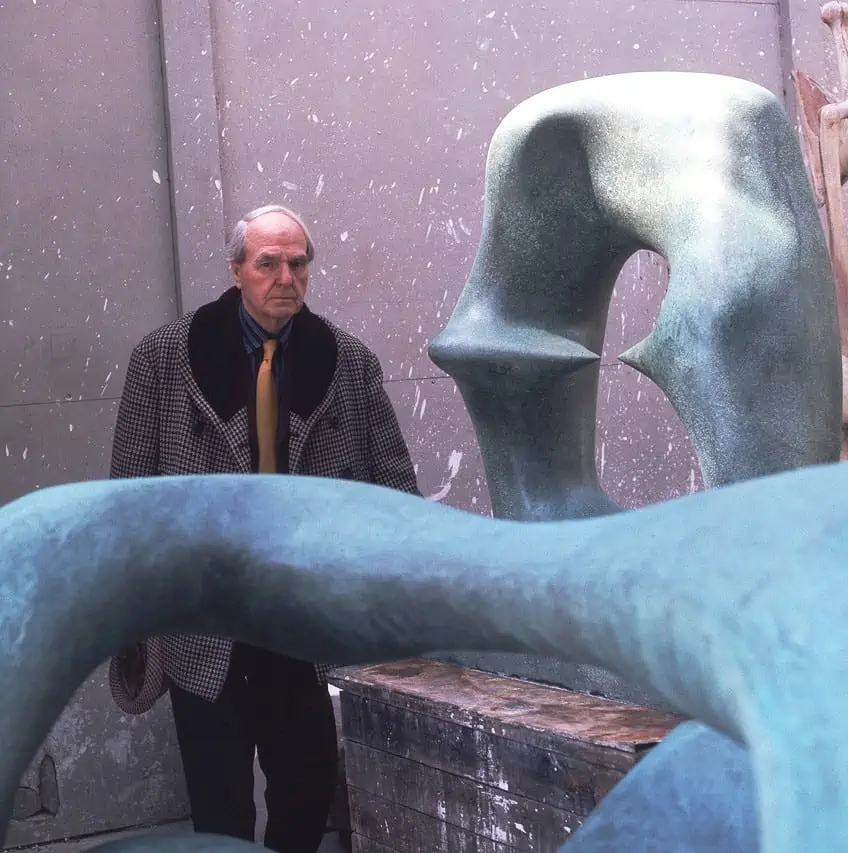
His interests appear to have focused on Pre-Columbian and African art mask designs. This is evident in his works such as Mask (1928), where the features are asymmetrical, a trait Moore stated he first discovered in pre-Columbian art mask designs from Mexico he encountered at the British Museum and afterward saw in human people.
The front aspect, which is normally smooth, is strewn with small, shallow regions of rough stone, creating a worn look and making one focus on the stone’s composition.
Eileen Agar (1899 – 1991)
| Nationality | British Argentinian |
| Date of Birth | 1 December 1899 |
| Date of Death | 17 November 1991 |
| Place of Birth | Buenos Aires, Argentina |
| Famous Mask-Inspired Works | ● The Angel of Anarchy (1940) ● Fighter Pilot (1940) ● Wooden Mask (c. 1940) |
Eileen Agar, an Argentine-born British artist, created Angel of Anarchy. It is made out of a plaster cast head that has been covered with various materials and things such as intricately embroidered fabric, feathers, seashells, African beads, and diamante stones. While some of the pieces appear to be face characteristics, others appear to be ornamental items or jewelry. Feathers, for example, might be either wayward strands of hair or half of an elaborate headpiece at times. Likewise, the patterned cloth functions as both skin for the face and a blindfold.
This ambiguity produces references to sensuality and subservience, while the assemblage of components also alludes to the anarchy alluded to in the title.
Agar composed the painting between 1936 and 1940. Agar was a friend of Henry Moore’s, and she would join him on excursions to the anthropological exhibits at the British Museum in London, where both artists were impressed by the collections of African sculpture. Unlike Moore, Agar predominantly worked in plaster, which she selected because “bronze was too costly”. Furthermore, rather than doing preparatory designs, Agar applied discovered materials straight on the cranium.
This artwork’s white plaster cast is based on a molded clay bust of the artist’s future husband, Joseph Bard.
Francis Bacon (1909 – 1992)
| Nationality | English |
| Date of Birth | 28 October 1909 |
| Date of Death | 28 April 1992 |
| Place of Birth | Dublin, Ireland |
| Famous Mask-Inspired Works | ● Study for Portrait II (after the Life Mask of William Blake) (1955) ● Portrait of Isabel Rawsthorne (1966) ● Portrait of Michel Leiris (1976)
|
Francis Bacon’s anguished characters, frequently trapped and isolated in boxed frameworks, with distorted and grimacing features often looked like twisted masks. His art may be understood as reflecting the human condition instead of portraiture that portrays the attributes of individuals. Bacon also produced a painting of William Blake’s death mask.
The artwork was produced with fine layers of paint over a deep black background. The sweeping strokes of mauve and pink paint resemble both mask wax and human skin.
Francis Bacon’s formative style arose in the latter part of the 1940s when he refined his previous Surrealism style into a method that took from images of action in cinema and cinematography, particularly Eadweard Muybridge’s examinations of people moving. He not only invented new means to convey movement in art but also helped to bring artwork and photographs closer together. Bacon’s paintings express intense feelings; entire tableaux almost seem to yell, not simply the individuals shown on them.
This ability to express such forceful messages laid the groundwork for Bacon’s distinctive success in painting.
Sidney Nolan (1917 – 1992)
| Nationality | Australian |
| Date of Birth | 22 April 1917 |
| Date of Death | 28 November 1992 |
| Place of Birth | Carlton, Australia |
| Famous Mask-Inspired Works | ● Death of Constable Scanlon (1946) ● Ned Kelly (1946) ● Stringybark Creek (1947) |
Nolan never depended on a single style or approach, but rather experimented with numerous various ways of application during his career, as well as inventing several of his own. Nolan was influenced by children’s artwork and early 20th modernist art. While many younger painters were gravitating toward abstraction at the time, Nolan stayed dedicated to painting’s representational potential. Nolan revived the Australian landscape in art history.
His passion for reading may be shown graphically in his work. Modernist painters were also significant influences.
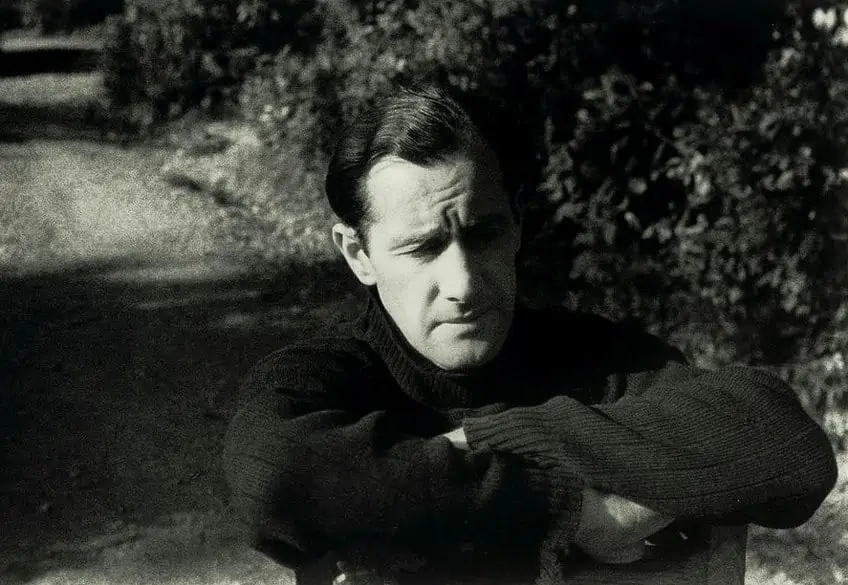
Nolan was most well-known for his works which depicted the notorious Australian criminal, Ned Kelly. In these artworks, Kelly was always depicted wearing a square-shaped metal mask and a suit of armor. During one shootout between the authorities, Kelly donned this attire to try and flee the onslaught of bullets.
However, his armor did not cover his entire body, and legend has it that he died after being shot in the leg and running into the bush trying to escape arrest.
Rebecca Horn (1944 – Present)
| Nationality | German |
| Date of Birth | 24 March 1944 |
| Date of Death | N/A |
| Place of Birth | Michelstadt, Germany |
| Famous Mask-Inspired Works | ● Pencil Mask (1972) ● Cockfeather Mask (1973) ● Cockatoo Mask (1973) |
Rebecca Horn is one of a wave of German artists that rose to fame internationally in the 1980s. She works in a variety of media, including installation and performance art, sculpture, and cinema. She also composes poems. Her job sometimes influences her poetry, and her poetry has often motivated her artwork.
Horn returned to the Hamburg school and proceeded to create cocoon-like objects. She used padded body extensions and artificial bandages in her work.
She started doing performance art in the late 1960s and continues to employ physical extensions. Horn’s paintings from the 1970s and 1980s proceeded to study the motif of feathers. Many of her feathery pieces envelop a person like a cocoon or serve as masks, to hide or confine the body. Cockatoo Mask (1973) and Cockfeather Mask (1973) are two of these works. Another famous mask created by Rebecca Horn is titled Pencil Mask (1972).
When it is tethered to the face, this mask changes the user’s head into a sketching tool.
John Stezaker (1949 – Present)
| Nationality | English |
| Date of Birth | 1949 |
| Date of Death | N/A |
| Place of Birth | Worcester, United Kingdom |
| Famous Mask-Inspired Works | ● Mask XIII (2006) ● Mask XIV (2006) ● Mask CXCIV (2016) |
The truth is revealed on stage, according to British photographer John Stezaker. While his clear and precise compositions are limited inside the plane of the frame, they establish a universe that lives just beyond the frames of the image—at once physically profane and trans-substantially divine. For him, the image is merely a provocation. The Truth of Masks, a show exhibited at Richard Gray Gallery in Chicago, is sequentially formulaic—a sequence of collage pieces that combine two sorts of images, one laid over the other, to produce one continuous surface—yet resists easy classification of experience, as the top layer masks aspects of the bottom layer.
In reality, the experiences are very transporting, with each picture suspending the audience’s concept of space by separating a familiar experience with sometimes visually recognized discovered photos from a more dynamic sense of time and one’s presence inside it.
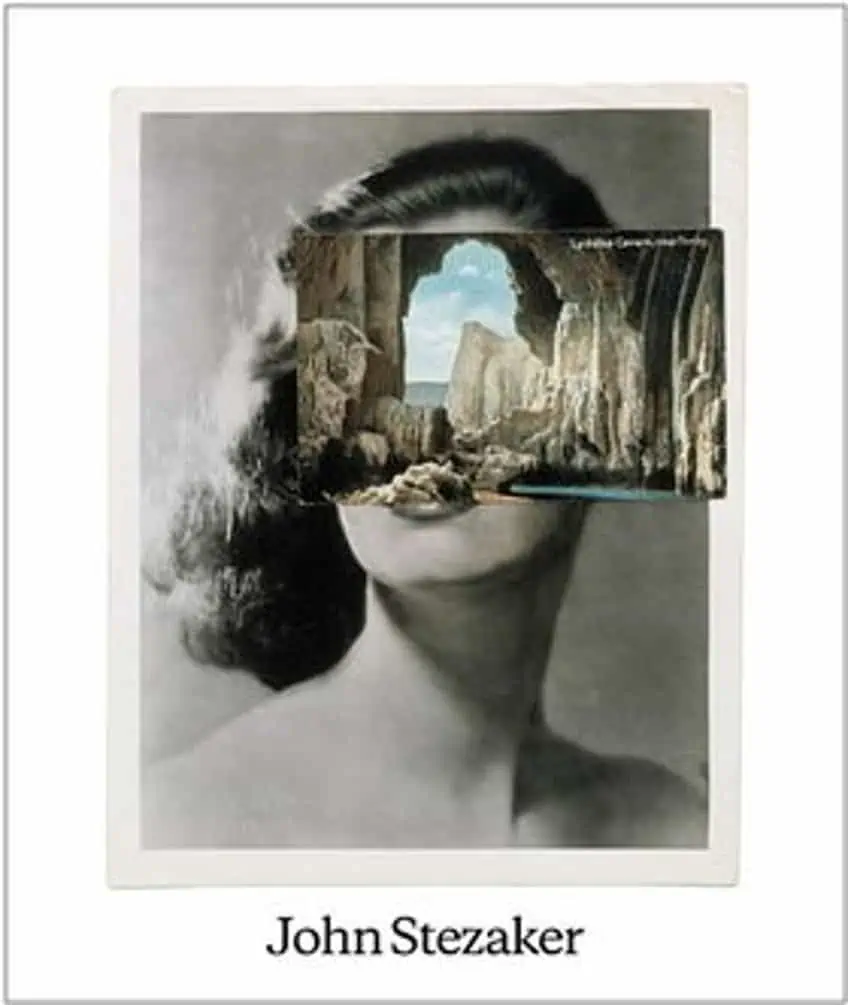
While the imagery Stezaker uses are pre-modern, these pieces are profoundly current. By combining two ancient means of image creation—vintage cards and Hollywood movie stills—into a single image, these assemblages place the image’s existence in an openly precarious position: they work as observable illusions. The overlaid picture appears to reveal as well as conceal. Empty spaces or holes from landscape vistas – dark and empty or going into other areas – replace the eyes.
This produces the unsettling feeling of seeing other planets, as well as skulls, underneath the features of the humans in what were once attractive photographs.
Cyrus Kabiru (1984 – Present)
| Nationality | Cyrus Kabiru |
| Date of Birth | 1984 |
| Date of Death | N/A |
| Place of Birth | Nairobi, Kenya |
| Famous Mask-Inspired Works | ● White Face (2019) ● White Queen (2019) ● The Honeycomb (2019) |
Cyrus Kabiru is a self-taught Kenyan artist noted for his multidisciplinary approach that combines sculpture, fashion, and photography. Kabiru’s artwork is constructed from recycled trash and draws attention to modern themes such as consumerism and waste. He has participated in several exhibits and art fairs in China, America, England, Spain, Italy, and South Africa. Kabiru now resides and works in Nairobi.
Kabiru became well-known for his continuing C-Stunners project, which straddles design, art, and photography and began in 2011.
Growing up near a garbage dump piqued Kabiru’s interest, inspiring him to work with trash to develop new meanings for old artifacts. Kabiru creates unusual handcrafted masks from abandoned things such as corks, spoons, screws, and caps in this collection of art. Kabiru captures striking self-portraits of himself modeling his upcycled spectacles to document C-Stunners.
Kabiru’s wearable sculptures demonstrate the transformational potential of recycling and convey the artist’s notion that fragments of rubbish may be fashioned into a stable platform for creative artwork.
C-Stunners examines humanity’s consumerist influence on the environment and promotes a new way of looking at the world we live in. Kabiru’s artwork also portrays the sense of alertness and ingenuity felt among Kenya’s younger generation.
Masks are designed to be worn or presented as instruments for concealment and body alteration. Intricately carved masks and garments are placed over the face or other parts of the body in various African cultures during rites and festivities, sometimes converting the bearer into a supernatural conduit. European Modernists, such as Pablo Picasso, look to African masks as inspiration for abstract and stylized human forms; this relationship is most visible in Picasso’s mask-inspired faces.
Frequently Asked Questions
What Is Art Mask Design?
A mask is a type of guise or concealment that is typically worn over the face to obscure a person’s identity and to create another being through its own features. All masks have the key feature of concealing and exposing personalities or emotions. They have been utilized as cultural artifacts around the world since the Stone Age and have changed in appearance as well as purpose and meaning. Mask artists nowadays may use it to try and convey a message, either personal or political, depending on the context in which it is used.
What Do Mask Paintings Depict?
Various mask artists have used masks in their art to portray a wide range of subjects. Sometimes it can be a symbol of hiding the truth or one’s real intentions. Other times the mask itself reveals something that it was intended to conceal. Masks also have a festive aspect as they have been used for various celebrations throughout history. Some masks are comical looking and generate a festive feeling, while others can be downright scary, and perhaps have deeper underlying psychological connotations for the audience to decipher for themselves. It all comes down to the intent of the mask artists – as well as how they are perceived.
Jordan Anthony is a Cape Town-based film photographer, curator, and arts writer. She holds a Bachelor of Art in Fine Arts from the University of the Witwatersrand, Johannesburg, where she explored themes like healing, identity, dreams, and intuitive creation in her Contemporary art practice. Jordan has collaborated with various local art institutions, including the KZNSA Gallery in Durban, the Turbine Art Fair, and the Wits Art Museum. Her photography focuses on abstract color manipulations, portraiture, candid shots, and urban landscapes. She’s intrigued by philosophy, memory, and esotericism, drawing inspiration from Surrealism, Fluxus, and ancient civilizations, as well as childhood influences and found objects. Jordan is working for artfilemagazine since 2022 and writes blog posts about art history and photography.
Learn more about Jordan Anthony and about us.
Cite this Article
Jordan, Anthony, “Mask Artists – Discover the Artists Behind Famous Mask Art.” artfilemagazine – Your Online Art Source. November 22, 2022. URL: https://artfilemagazine.com/mask-artists/
Anthony, J. (2022, 22 November). Mask Artists – Discover the Artists Behind Famous Mask Art. artfilemagazine – Your Online Art Source. https://artfilemagazine.com/mask-artists/
Anthony, Jordan. “Mask Artists – Discover the Artists Behind Famous Mask Art.” artfilemagazine – Your Online Art Source, November 22, 2022. https://artfilemagazine.com/mask-artists/.


